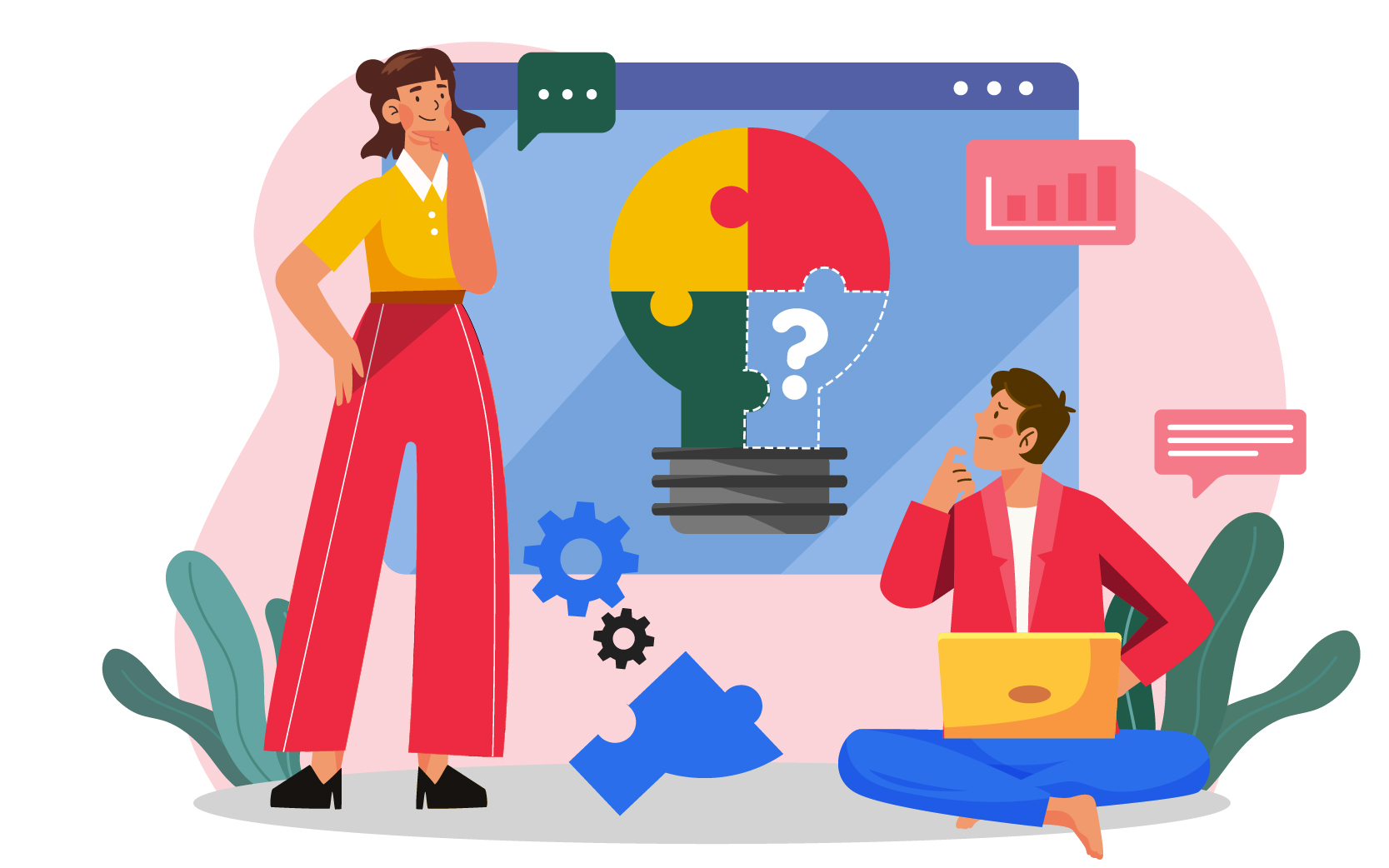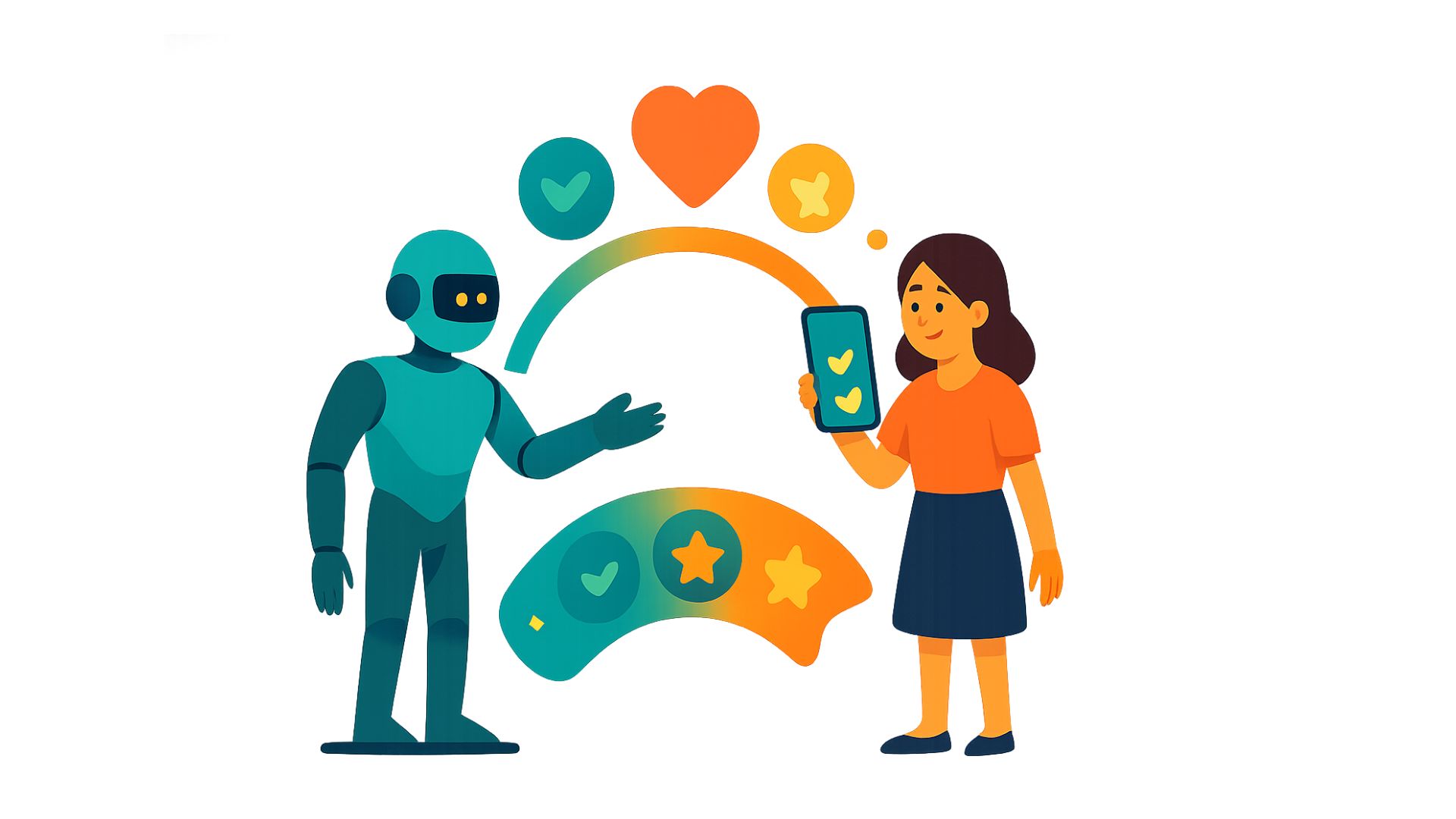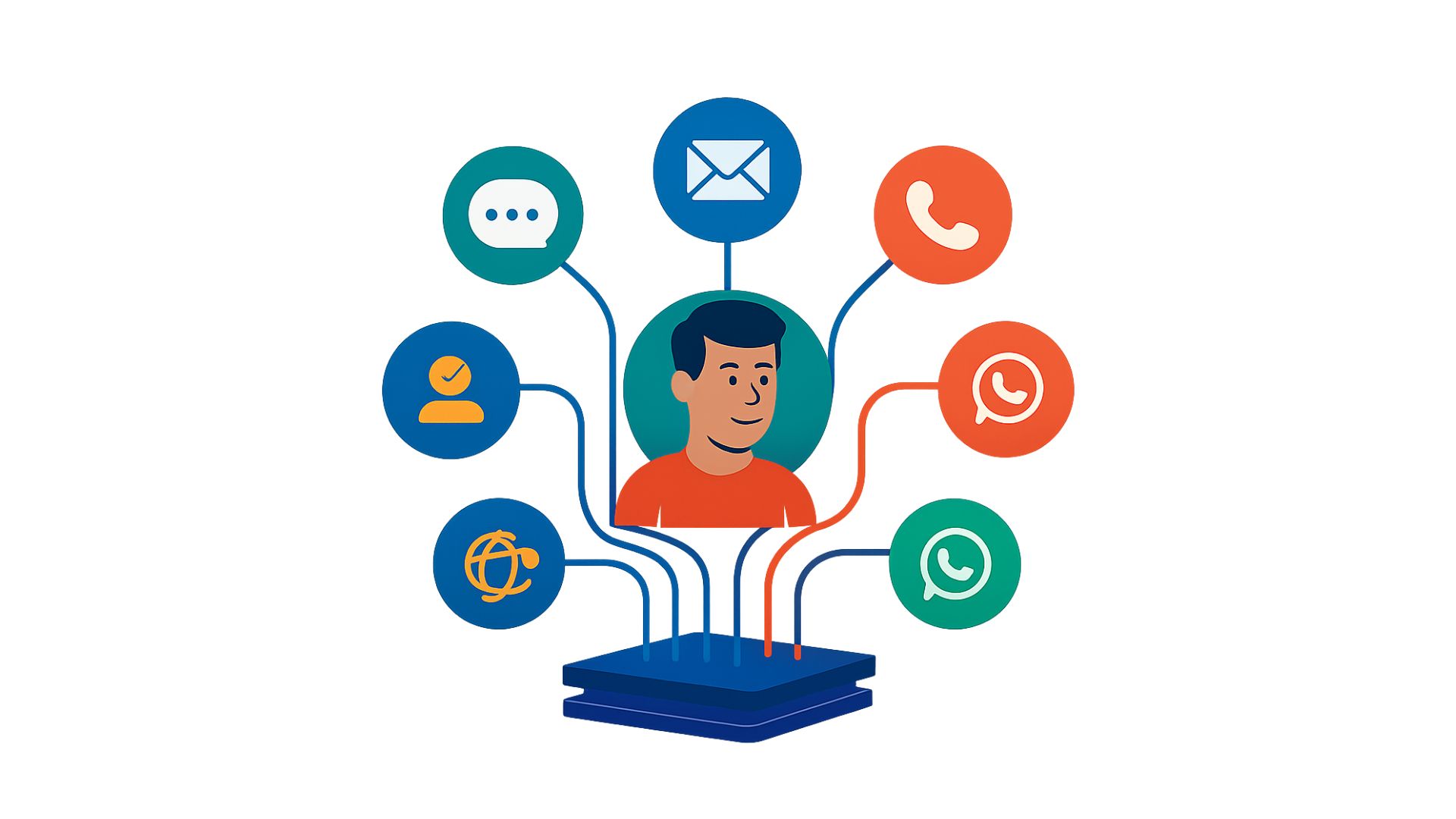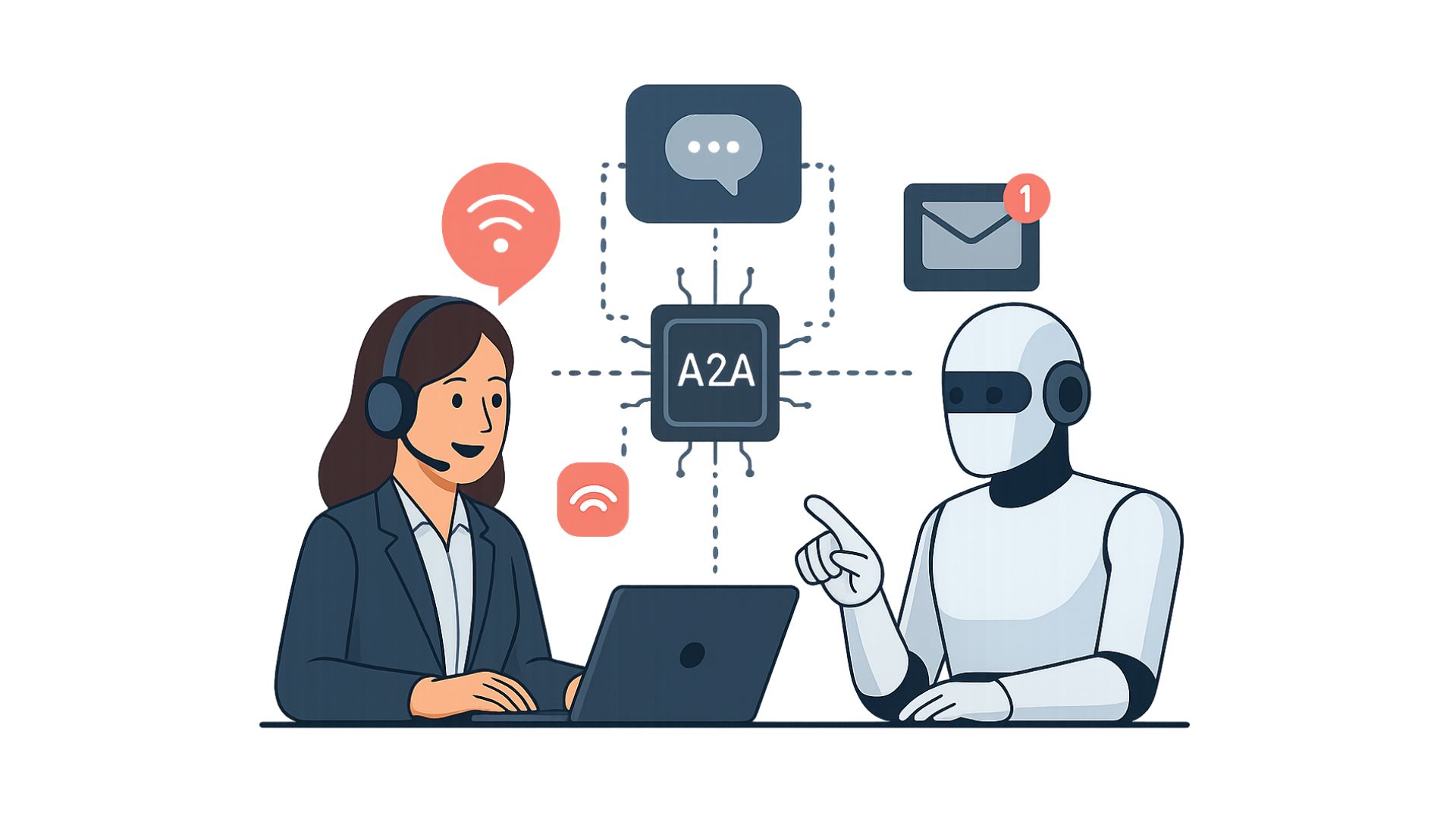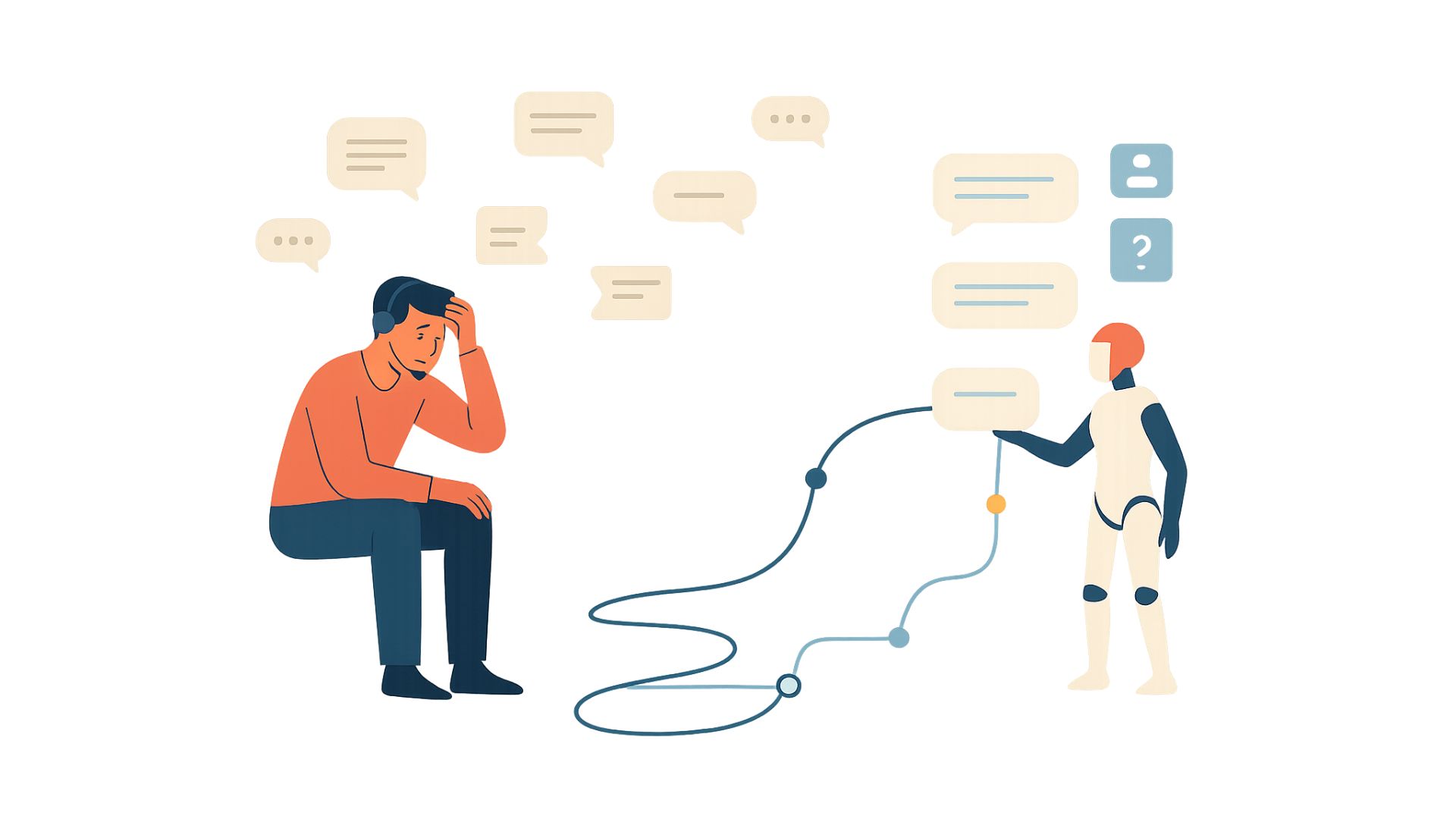Customers face a wide range of issues, each with different levels of complexity and perspectives. They often find themselves short on time, overwhelmed by an almost unlimited number of product choices, and heavily influenced by product reviews.
In these situations, customers may struggle to identify the best solution to their issues. As a service provider, you can empathize with their situation, thoroughly understand the problem, develop an effective solution, and earn their trust in the process.
The ability to solve a customer’s problem is what makes all the difference between churn and loyalty.
What Does Customer Service Problem Solving Entail?
Problem-solving in customer service involves several skills:
- Conflict Resolution: Knowing how to address conflicts efficiently.
- Empathy: Calming agitated customers with empathy and tone of voice.
- Communication: Listening actively while employing problem-solving techniques.
The Impact of Poor Customer Service on Your Business
Customer service issues must be resolved because they affect other parts of the business. Businesses must become more customer-centric and coordinate their services in order to delight clients by effectively solving their problems. You may have the ideal product and competitive pricing, but if your customer service is poor, your business can falter.
Let’s look at some of the ways in which bad customer service can impact a business.
1. Damaged Reputation
Customers like to share their stories. As a result, when people have a poor experience, they turn to their favorite social media platform to express their feelings. Negative experiences shared on social media can tarnish your brand’s image.
“It takes 20 years to build a reputation and five minutes to ruin it. If you think about that, you’ll do things differently.” – Warren Buffett
2. Lost Sales and Reduced Conversions
Ineffective problem-solving can have a profound impact on your business’s ability to convert prospects into loyal customers. When customers encounter problems that are not resolved efficiently or effectively, they are likely to feel frustrated and undervalued. This negative experience can lead them to abandon their purchase or service, and they may seek out your competitors who offer better customer support.
“53% of customers are likely to stop buying from a brand after a poor customer service experience.” – Source
3 . Lower Customer Lifetime Value (CLV)
Consistent poor service drives customers to competitors, reducing CLV and revenue. Customer lifetime value is a measure that is computed by adding up all of a customer’s revenue over the course of their engagement with a company.
You can increase the lifetime value of your customers by delivering outstanding service. This means you can make more revenue by spending less money on customer acquisition.
5 Steps to Customer Service Problem-Solving
Here is a 5-step process for customer service problem-solving and troubleshooting when you come across a customer issue.
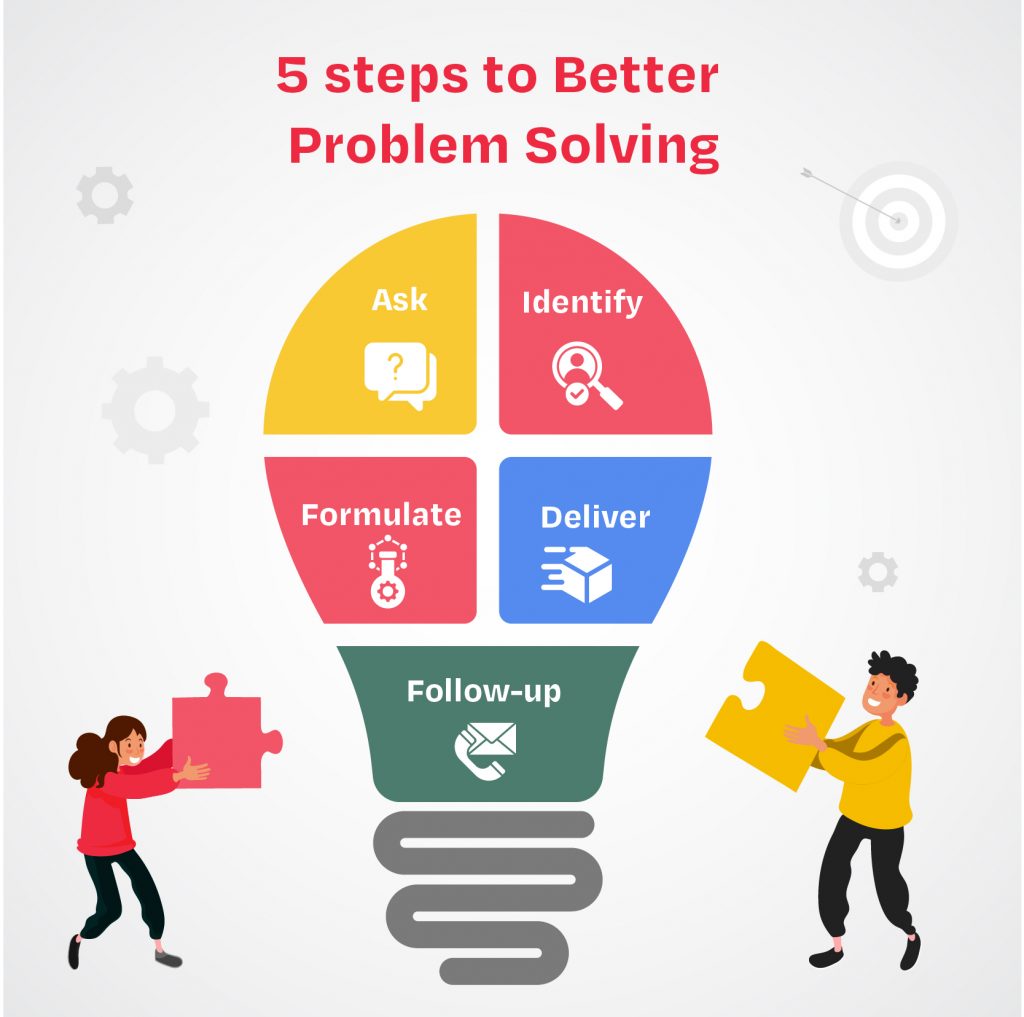
1. Ask, Ask and Ask
Ask the proper questions to learn what is upsetting your customer. You won’t be able to remedy your customer’s problem if you can’t place it. For example, ask questions such as,
“Have you been dealing with this issue for a long time?”
Asking relevant questions will help you identify customer needs while also assisting you in determining an appropriate solution.
2. Identify the Problem
After having a question session with your customer to discuss their pain points, you can restate or explain the situation as you have come to terms with it.
You must describe the problem precisely and do so from the customer’s perspective. Get the customer’s approval that you’ve grasped the problem. Before you move on to the next phase, ask whether there is anything else that is bothering them.
3. Formulate Solutions
After a thorough examination of the problem, develop various solutions and present the best solution to the customer or prospect. Your solution must be focused on the specific problem, and not ambiguous.
4. Deliver the Solution
Deliver the solution as promised. Take advantage of these opportunities to strengthen your customer relationships and demonstrate that you are worthy of their trust.
5. Follow up with Customers
It’s critical to check in with your customers to see how they feel about the solution and confirm that the issue has been fixed. This step demonstrates to customers that your organization values customer service and is committed to providing a better customer experience.
It’s important to ask some of these challenging questions when checking in with present customers in the hopes of upselling, cross-selling, or renewing their contracts.
“How satisfied are you with our product on a scale of one to ten?”
“How did you come up with that score?”
“What is it about our product/service that you enjoy?”
“Do you think you’ve experienced excellent customer service?”
This will keep you from overlooking warning signs that they’re dissatisfied and might begin to consider switching to a competitor.
In an era where ‘Customer is King”, happy customers are the secret to growth. As a result, customer satisfaction is a direct reflection of the effectiveness of your service team.
“The probability of selling to an existing, happy customer is up to 14 times higher than the probability of selling to a new customer, according to Marketing Metrics” – Source
9 Techniques for Effective Customer Service Problem-Solving
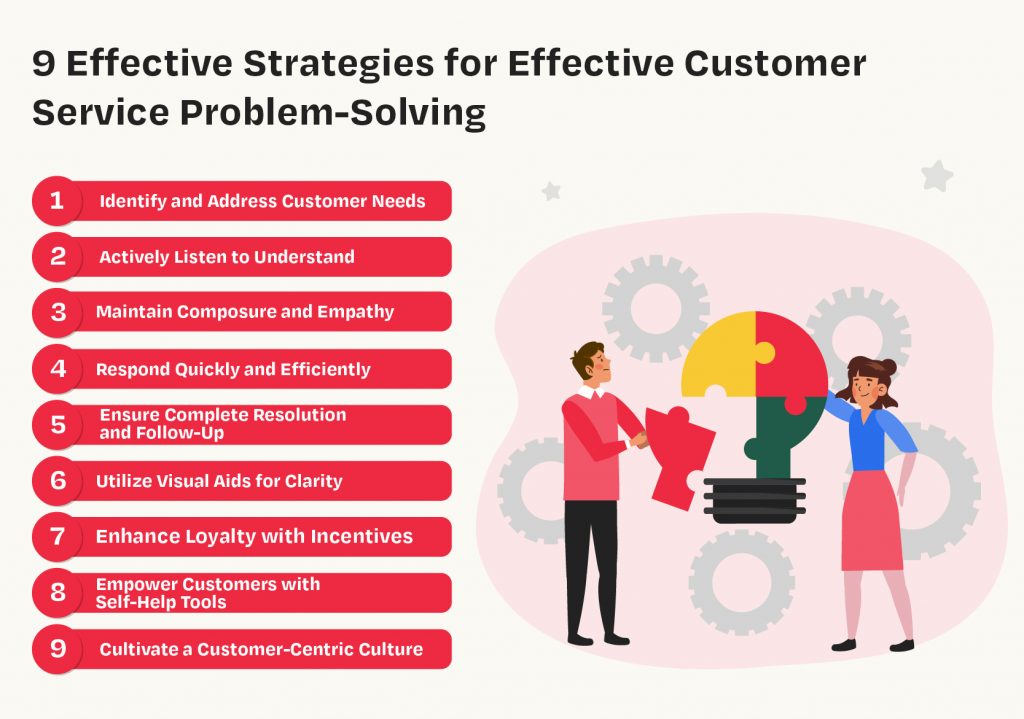
Customer service exists to assist customers with their demands or any issues that may arise while they are using your product or service. It is, therefore, necessary to train your staff on how to properly resolve customer complaints or problems.
Learn about the methods a service representative can use to solve customer service problem solving to deliver superior customer service!
1 . Identify and Address Customer Needs
The focus of agents in every interaction has to be to identify the issue. Without understanding the reason for the interaction or the sentiment of the customer, it becomes difficult to address the issue.
Ask targeted questions to uncover underlying issues and strengthen relationships. The answers to these questions can be used to create a workable solution, and this is a consultative approach that will strengthen customer relationships.
2 . Actively Listen to Understand
When a customer reaches out with an issue, do not jump into conclusions about what the problem is before enquiring about the issue.
Understand the root cause by listening attentively to the customer’s concerns and determine the underlying cause. Only then will you be able to solve the problem at its core. The more you know about your customer and their company, the more you’ll be able to influence their bottom line.
3. Maintain Composure and Empathy
When we are offended or proven wrong, we have an inbuilt propensity to react in a defensive manner. In customer service, this is a no-no. Remain calm and empathetic, allowing customers to express themselves fully. To go through the situation unscathed, here are two tips that you can use.
Tip 1: Allow customers to talk
You should let your customers talk until they are able to release their frustrations and calm down.
Tip 2: Show that you care
The least you can do is support them and be empathetic toward the situation while customers go on explaining their tales. Use consoling phrases to comfort them.
4 . Respond Quickly and Efficiently
Every customer is strapped for time and expects a timely response from your support agent. Provide timely solutions to respect customers’ time constraints. Kapture’s omnichannel help desk software can help you streamline how you manage customer inquiries across multiple channels.
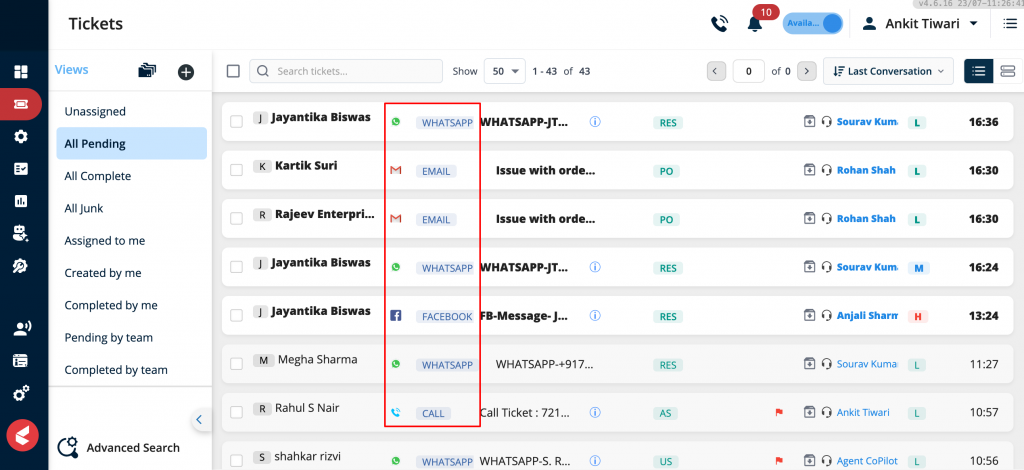
You can route inquiries from a certain channel to a dedicated team. This helps ensure a smooth customer experience and swift resolution of customer inquiries.
Another way around is to add a live chat feature to your website. It is a tool that helps customers instantly connect with your agent and work out solutions. Kapture’s live-chat tools embedded in your website can deliver faster responses.
5 . Ensure Complete Resolution and Follow-Up
Once you’ve committed to providing the resolution, it’s in your best interests to see it through to completion. The standard customer problem-solving process includes following up with clients and providing them with updates to keep them informed. Sending follow-up emails is the most effective technique to keep in touch with them about the solution’s progress.
Kapture’s help desk software allows you to send emails from the same system that you use to respond to customer queries. You really don’t need to use traditional mail services for this. Likewise, the merits of a single sign-on help desk are many.
6 . Utilize Visual Aids for Clarity
Your customer service representative can solve customers’ problems in a more comprehensible and exciting manner by offering them visual troubleshooting guides. The best options are videos, graphical flow diagrams (depicting step-by-step instructions), or screenshots to resolve some of the very minor yet frequent issues.
Kapture’s knowledge base feature allows you to store and manage information in just about any format, which includes videos, images, and documents, that can be accessed via self-help tools. This not only saves your time but also gives customers a quick and intelligible solution to their problems.
7. Enhance Loyalty with Incentives
Offering incentives to clients can help you gain their loyalty, and they may decide to wait until you fix their problem rather than looking for solutions elsewhere. Incentivizing clients to compensate for the inconvenience encourages them to stay loyal.
Consider presenting a coupon or voucher, for instance, on the next transaction if you want to motivate a customer to use your service again.
8. Empower Customers with Self-Help Tools
Provide self-help capabilities such as AI chatbots, knowledge base, or interactive discussion forums so that customers can search, find and resolve problems on their own. AI-powered chatbots offer responses to customer queries contextually.
Do not undermine the convenience of a self-serve. This is the most preferred channel of help by customers as revealed by many surveys. Kapture’s AI and Machine Learning-powered self-serve tools are a fantastic approach to supporting your tech-savvy customers.
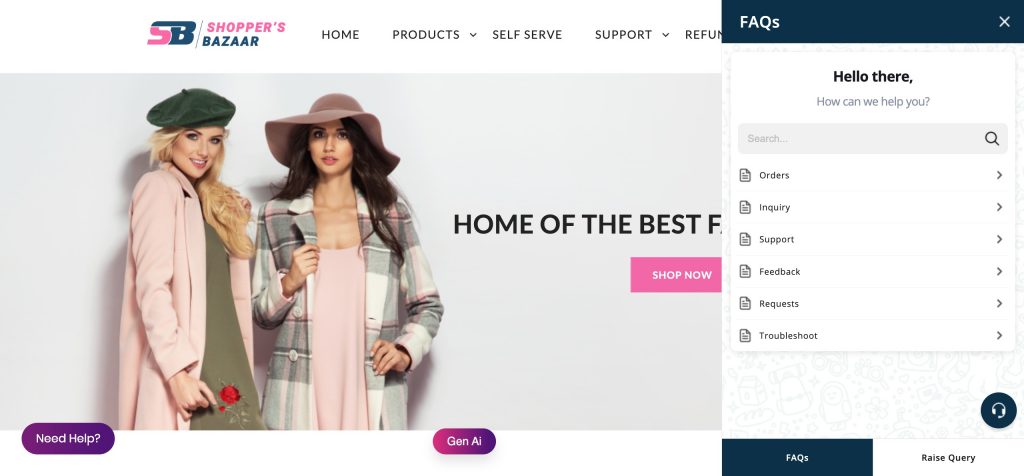
Image: Chatbot powered by Kapture
9. Cultivate a Customer-Centric Culture
Foster a culture focused on solving customer problems to create exceptional experiences. Customers who are happy with your service will stay longer, become repeat customers, and recommend your service to their friends and colleagues. Remember to go the customer problem-solving way to create exceptional customer experiences.
Kapture’s AI-based solutions can assist you in effectively managing the entire customer service process and wowing your clients with customer delight factors such as
- Work-flow automation capabilities
- Omnichannel communication
- Self-help features
- Run automatic surveys
- Generate survey reports
Effective problem-solving in customer service is crucial for business success. By employing these techniques and fostering a customer-centric culture, you can enhance customer satisfaction and loyalty.
Our solution is easy to use and integrates with other services like cloud telephony, social media, eCommerce, ERP, and others, making it easy to collate the information at a centralized location. Kapture, helps your team serve and delight customers across touchpoints – and translate those efforts into building a loyal customer base. Book a demo now.
Frequently Asked Questions
Customer problem-solving involves identifying, addressing, and resolving issues or concerns that customers encounter with a product or service. This process includes understanding the problem, finding a solution, and ensuring the customer is satisfied with the outcome.
Customer service problem-solving is crucial because it directly impacts customer satisfaction and loyalty. Effective problem-solving can turn a negative experience into a positive one, build trust, and encourage repeat business. It also helps improve overall service quality by addressing recurring issues.
Resolving billing issues: Addressing discrepancies in customer invoices quickly and accurately.
Technical support: Assisting customers in troubleshooting software or hardware problems.
Product replacements: Providing a swift replacement for a defective product.
Order tracking: Helping customers locate a delayed shipment and providing updates.
